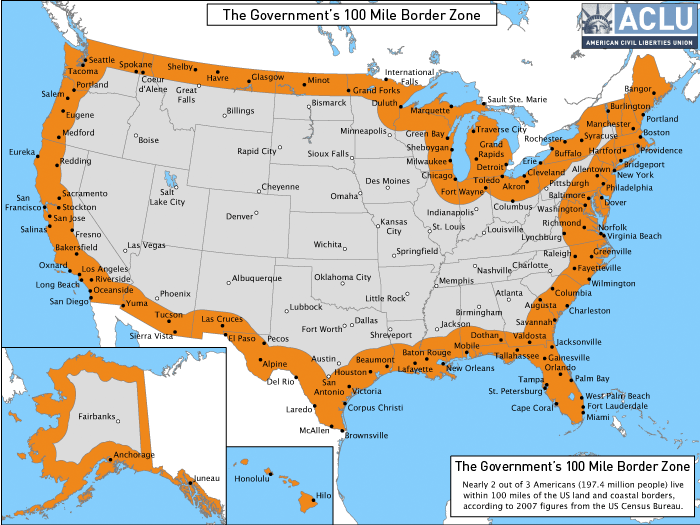At work I have a desktop computer that’s dedicated to long-running processes—currently doing OCR on magazine archives—while I use a laptop to write and debug code. I have a few go-to videos I play on top of the background tasks, to offer a kind of virtual window out into the world when I need to look away from my text editor.
Two of my favorite options, both deemed “too fast moving” by nearby colleagues, are Bergensbanen: minutt for minutt (the 7 hour single take, the purest form of Norwegian slow television I’ve found online) and The Gunhilde Maersk container ship timelapse. The latter of these makes me think of Allen Sekula, who gave a good interview on the role of shipping in the global economy.
The container ship timelapse is shot by Toby Smith, who’s also posted a slower moving 90 minute view from a container ship, as seen in real time. Nothing is visible but the ocean and a distant horizon. Played at HD on a large screen, it has an amazingly soothing effect. This has emerged as the best option all around, and coincides nicely with my maritime-themed name plate (see also: The Loop).
Link via Jason Kottke (This post’s title is borrowed from Allan Sekula’s excellent film, The Forgotten Space.)
